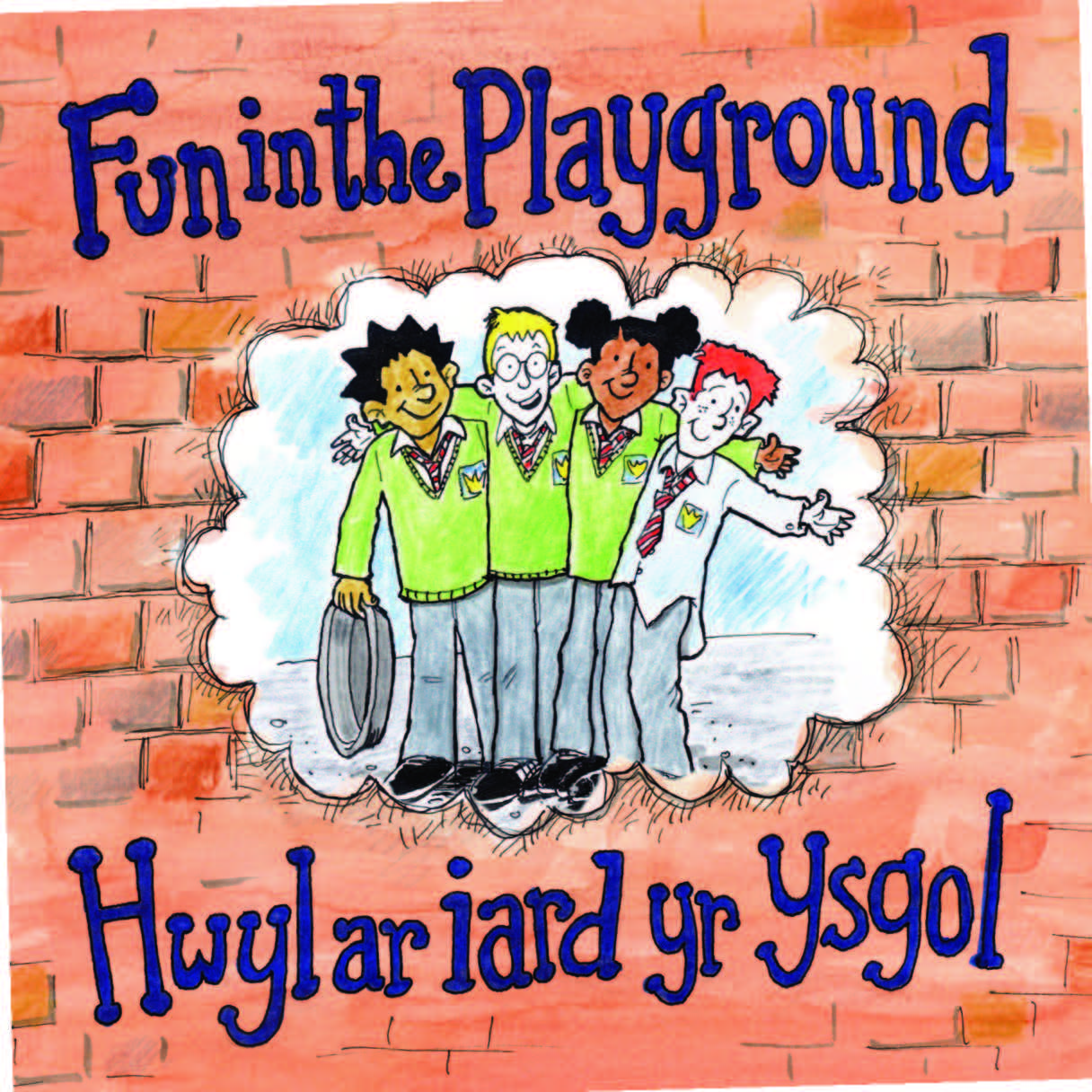Play ideas for parents
Whilst we are all required to follow social distancing guidelines, it is still possible to spend time outdoors. We just need to make choices that make it easier to keep our distance.
It is very difficult for children to control their distance when they are playing, particularly when they are engaged in active play or there are other children nearby, so they may need our help with this.
Preparing and gathering a selection of play items to take along to outdoor spaces may help to keep it interesting if you are limited to a range of outdoor space in your neighbourhood. Simple play items such as balls, ropes, hoops, chalk, small toys such as cars and animals can make it easier for children to have fun in their local area.
When we can, and if we feel well enough to, we should do our best to encourage outdoor play, regardless of the weather. See these ideas for playing outside in all weathers for inspiration.
Playing actively indoors
The home is a great place for playing. Children can make creative use of even just the corner of a room if they have a few toys or other bits and pieces and freedom to play.
There’s lots of fun ideas that don’t require much room, including old favourites like hide and seek or building a den out of cushions and blankets. Older children still need room and space to play inside too – children need to rough and tumble as part of their play. See our indoor play blog for some suggestions and these top tips for playful parenting might also be helpful.
Teenagers will find social distancing and social isolating particularly difficult. Many older children will have been looking forward to spring, its lighter evenings and milder weather as a time to meet up with friends. For many, who may have the freedom to play out independently with their friends for the first time, this was to be a milestone they now need to wait for.
Focusing on play ideas without rules or that don’t need a specific skill are fun for family members of all ages and will help pass the time in a playful way. These sorts of activities will also provide fun and security during an experience of loss and isolation.
Some simple and silly ideas
Treasure Hunts
Treasure hunts are great ways to keep kids busy and active around the home. If you want to start small, have a mini hunt. Use a small box and get everyone playing to find and fill the box with as many weird and unusual items as possible. Or, find a rainbow around the house – asking whoever is playing to find items with every colour of the rainbow or assigning each child different colours. To help with clearing up, swap items so that others return the items to their place.
Zoo or jungle parade
Show one another:
- Walking like an elephant
- Waddling like a duck
- Hopping like a kangaroo
- Slithering like a snake
- Climbing like a monkey.
Think of more – how do giraffes, bears, snails, frogs, birds and cats move?
Balance Beam
Use a taped line on the floor or a bit of rope to walk along and practice balance.
Balloon Tennis
Using paper plates as the rackets, how long can you keep the balloon off the floor. Great for individual or group activity. If you can get outside, fill the balloon with water and use your hands! If you don’t have balloons, try with rolled-up socks.
Sock Basketball
Toss the rolled-up socks into a bucket, laundry basket, shopping bag or shoe box.
Daytime Disco
Put on music and dance. You can also play freeze dance. Every time the music stop, everyone stands still.
Obstacle Course
Make an indoor obstacle course using cushions, pillows, small tables, hula hoops. A balance beam can be made on the floor with masking tape, rope or shoelaces tied together. The same can be used to make circles to jump in and out of.
Traditional playtime games
Think of our own playtime games to play – what about Simon Says, The Floor is Lava or Red Light-Green Light? Ask your children what they like to play most in the school playground and try to work out how to play it indoors.
Indoor hopscotch
Use masking tape to mark out the hopscotch on the floor and play with a rolled-up sock as the marker. After a few days, cut bubble wrap into squares, tape together into a hopscotch grid and you have popping hopscotch!!
Tummy Time
Tummy time may be not be familiar to babies at first. It can be increased gradually, starting from a minute or two at a time, as the baby becomes used to it. Babies should not sleep on their tummies.
Tips for tummy time:
- Give your baby time on their tummy every day. But remember they need to be awake, and you need to keep an eye on them.
- To help with leaning on their arms, try putting a rolled-up towel under their arm pits.
- Make tummy time a part of changing their nappy.
- Let your baby move around, kick and crawl in a safe area.
- Try putting your baby on a blanket in the garden.
- Encourage your baby to look around, roll, and reach out for objects or toys. Talk and play with your baby while you’re doing this. Make eye contact with them and praise them.
- It will be easier for your baby if you dress them in clothes that let them move freely.
Being well
Playing is the most natural and enjoyable way for babies, children and teenagers to be active, keep well and be happy. Parents and carers can find simple ways to include time and space for playing in their children’s daily lives. All kinds of play can help children to be more active.
Playing together is a great way to spend time as a family and help develop children’s confidence and communication skills. It can also help parents and other family members stay active too and it will contribute to improved well-being for everyone during times of uncertainty.
For more information about the importance of active play go to Playing actively in and around the home











